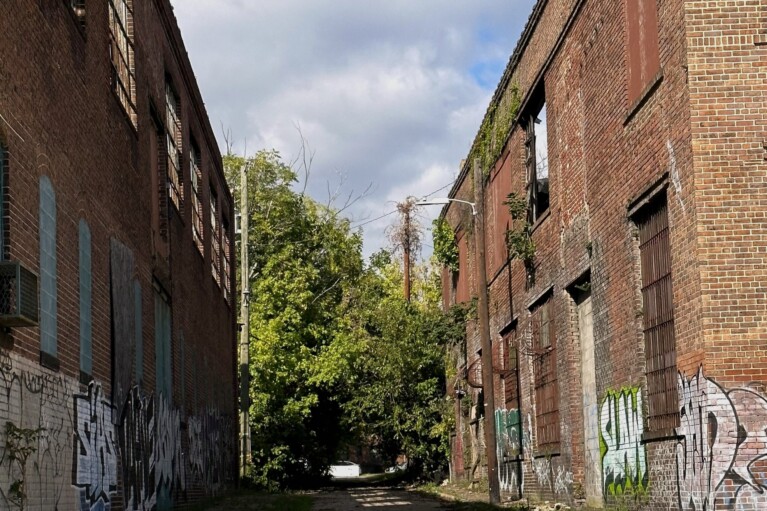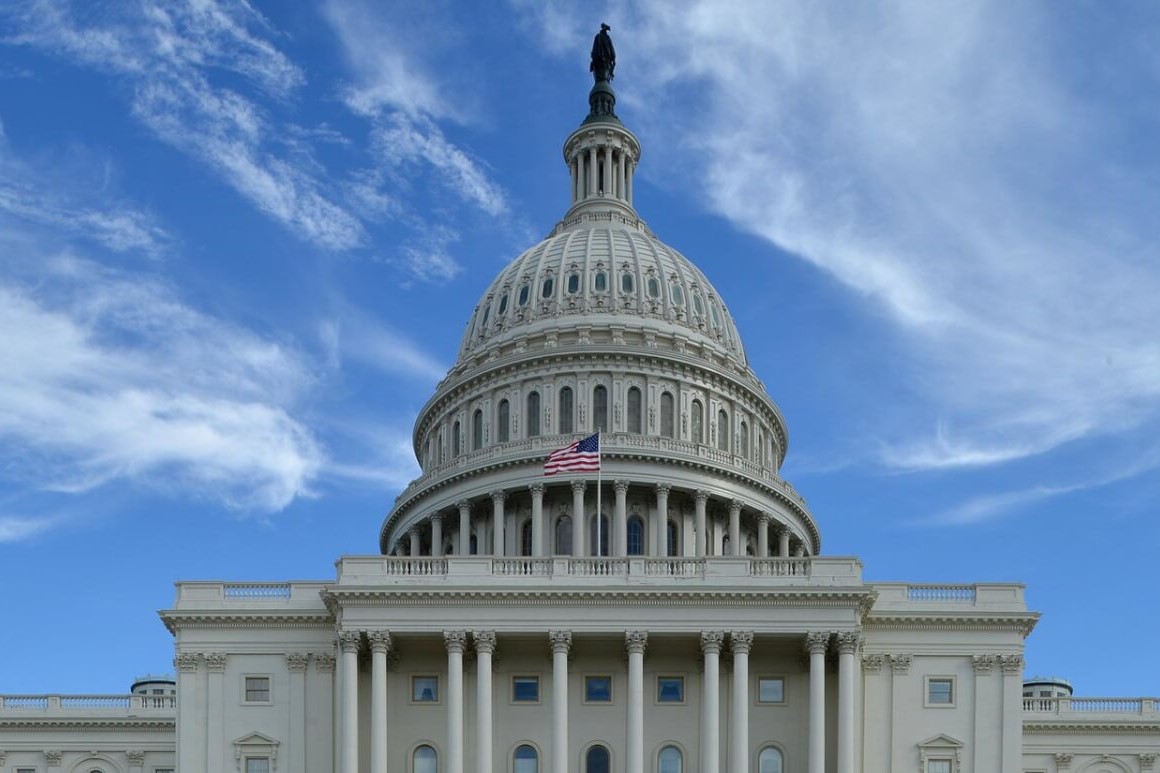Analysis: The value of MACo — and some suggestions for improvements

The parking lot at the Roland E. Powell Convention Center in Ocean City was two-thirds empty at 11:15 on Saturday morning, just as Gov. Wes Moore (D) was beginning his closing address to the Maryland Association of Counties summer convention.
The lightly attended speech highlighted one of the major flaws of the four-day MACo conference — an annual event that has become the Woodstock of Maryland politics, in the best and worst ways.
To average Marylanders, MACo must seem like a taxpayer-funded junket at the beach for their local and state leaders — and in some ways, that’s just what it is. So taxpayers are right to view the conference skeptically when they are subsidizing registration fees, meals and exorbitant Ocean City hotel room bills for government employees.
But the information provided at the MACo sessions, and the intel exchanged in the convention center’s hallways and at the countless receptions around town, are invaluable. It’s not an exaggeration to say that many of the conversations, official and unofficial, will lead to meaningful legislation, policy initiatives and changes in government management practices in the months and years ahead. Not to mention that they can cement enduring personal relationships and political alliances.
Moore summed up the MACo vibe pretty well during his speech Saturday.
“We come to MACo to celebrate Maryland,” he said. “To soak in the beauty of our communities. To prove that business casual can actually mean flip-flops! I’ve never seen more county executives rock shorts in my entire life. Even the ones who shouldn’t!
“But if there’s one thing I’ll take away from my first summer MACo as governor, it’s this: In every meeting — in every session — I’ve witnessed a tireless spirit of partnership. We are a state that doesn’t just welcome partnership, we need it. We thrive on it. And I’m grateful for it.”
Some of the value of attending MACo is incalculable and hard to define, if someone were demanding an audit of the public benefits and what elected officials and government bureaucrats — and by extension, the taxpayers — are getting for the investment.
Like all others, this year’s MACo was chock-full of interesting and beneficial panel discussions on every conceivable topic that government leaders need to know and think about, from broadband to the opioid crisis to climate resiliency, and everything in between.
But like so many aspects of Maryland government, MACo has also become another opportunity — a prime opportunity — for corporate interests to get themselves in front of policymakers.
The convention center’s Exhibition Hall, with almost 250 contractors, vendors and government agencies peddling their dizzying array of products and services, is one thing. In fact, visiting each and every booth during the course of the conference and trying to absorb what they are pitching could occupy a convention-goer’s entire time at MACo.
But more subtly, some of the panel discussions are now sponsored by special interests, and those can at times turn into infomercials rather than frank discussions. They at least seem like an attempt to steer a policy conversation in a way most favorable to the sponsors. These are often entities that already have robust lobbying corps in Annapolis and at the local levels, and MACo has become just another entrée to powerbrokers and policymakers.
No doubt these sponsorships have helped make MACo the robust organization it has become. But it means some of the policy discussions have to be viewed with a jaundiced eye.
Then there are the more than two dozen parties, receptions and political fundraisers that took place in Ocean City separate from the official conference program. Many of these are sponsored by lobbying firms and their clients.
There is a FOMO quality to all the social events at MACo, and it’s apparent that some people flock to Ocean City during MACo week just to do the party circuit, without ever registering for the conference or visiting the convention hall.
But let’s be clear: it’s rarely the hardworking bureaucrats and county administrators who are hitting all these parties. It’s the elected officials, who want to see and be seen, who have become a little too used to being catered to during the 90-day legislative session in Annapolis, who are the regulars at these gatherings, racing from one function to another, even though they all tend to blend together.
An ambitious party-goer would have to have the superpower of time travel to make it to every last social gathering. That’s why the ones that take place at the end of the night in Ocean City are so well attended: because there’s nowhere else to be and there’s one last open bar to savor.
Baltimore County Executive Johnny Olszewski Jr. (D) — who is in line to become the next MACo president at year’s end — tried something novel this year, hosting a reception on Tuesday night, before the conference even started, at a pizza place fittingly called Johnny’s. The well-attended reception effectively stretched the conference by several hours.
Olszewski may have been on to something. The conference as it’s structured now stuffs a lot until into a relatively short period of time — both with the official program and the displays in the Exhibition Hall and all the extracurricular activities. Does it make sense to make the conference a day or two longer, even with the added expense of an extra night or two in an Ocean City hotel?
Clearly all the partying — which as recently as 20 years ago was not a staple of MACo — contributes to the sparse attendance at the governor’s Saturday morning speech. When there were just a couple of evening receptions in the course of the week, the governor’s speech was much better attended, and convention-goers were a lot less burned out.
Or is it time to dispense with that tradition and give the governor the keynote slot on Thursday morning? That would effectively enable the governor to set the tone for the bulk of the conference — keeping people buzzing and keeping donors, who are now a regular presence in Ocean City during MACo week, ever more engaged. It may not be a perfect solution, but more than a few conference attendees mentioned it last week as a possible alternative.
No administration wants to have the governor deliver their message to a half-empty room where gubernatorial aides serve as claques and others are nursing a hangover, pining for the beach, thinking about their tee time, or plotting their exit from Ocean City.
For years, national political pundits have wondered why Republicans and Democrats continue to hold their quadrennial national conventions, even though all the drama and uncertainty was drained from them 50 years ago. Yes, they have become slick television productions spotlighting the presidential nominees and other rising stars. But behind the scenes, there is still something of value going on.
Just as there is value to any mass gathering of professionals in a specific field, there is something affirming, uplifting and informational in a mass gathering of the nation’s political clan, however antiquated the national conventions themselves have become.
In that respect, MACo has the same value and charm. But just as the cookie-cutter, Brutalist and moldy hotels of decades past in Ocean City are slowly giving way to hipper and airier alternatives, is it time to retool the MACo summer conference, if only a little?




 Creative Commons Attribution
Creative Commons Attribution